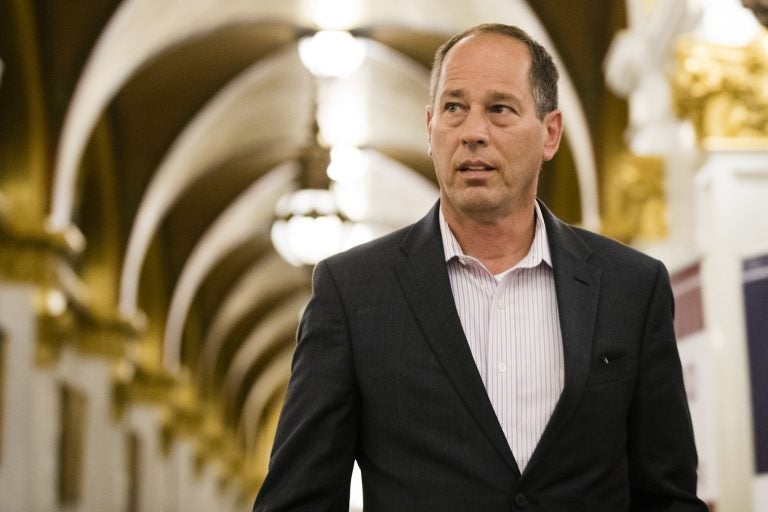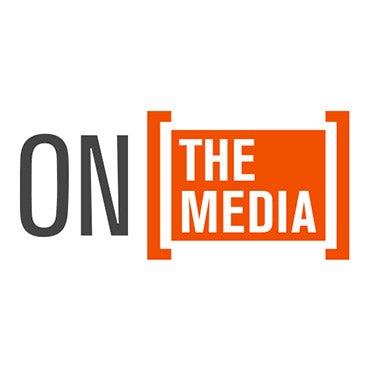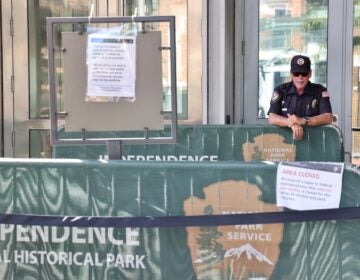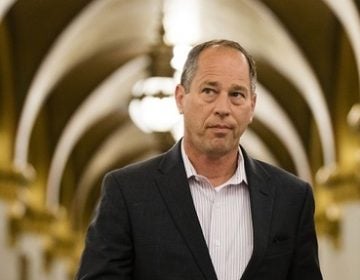Opening primaries in Pa. could boost turnout, but may be a tough sell
A proposal to open Pennsylvania's primaries to independent voters could boost turnout, but could be a tough sell with lawmakers.

Senate President Pro Tempore Joe Scarnati. (AP file Photo/Matt Rourke)
One of Pennsylvania’s top Republicans, Senate President Pro Tempore Joe Scarnati, announced this week he plans to introduce a bill to open the state’s primaries to all voters, whether they’re registered with a party or not.
“I’m a conservative,” Scarnati said in a speech Monday. “But I don’t know that I fit the new brand of conservative, and I’m not sure some of the Democrats fit the new brand of liberals.”
Doug Chabin, who has been studying elections since 2000, directs the Program for Excellence in Election Administration at the University of Minnesota. Closed primaries are often blamed for increased partisanship, but Chabin said the real problem may be that voters don’t like extra deadlines.
“I think you’re starting to see more and more interest in finding ways to allow folks, perhaps like New Jersey does, where you can choose which partisan primary you want to cast a ballot in on Election Day,” he said.
New Jersey also has a closed primary, but voters can change their affiliation as late as Election Day.
Independents gaining ground
In Pennsylvania, those in both parties have voiced frustration with the closed system because it leaves independent votes on the table. And while their overall representation among eligible Pennsylvania voters has hovered around 15 percent, the number of independent voters has been on the rise, increasing by more than 100,000 over the past five years. In Philadelphia, the number of independent voters has surpassed the number of registered Republicans to become the largest minority party.
Proponents of open primaries say they boost turnout by including independent votes. In Pennsylvania’s May 15 primary, voter turnout was up three points from 2014, yet only 18 percent of eligible voters actually cast ballots.
But Chabin warns that Scarnati’s forthcoming bill could be a tough sell because his colleagues have benefited from the system as it stands.
“The major pain point in these discussions is the balance between convenience for the voter and the right of the party to manage its freedom of association by controlling its membership,” said Chabin. “I think states don’t want to be in the business of having to enforce party rules, but parties also don’t want to be in the business of turning over their party’s affairs to the state board of elections.”
Chabin said he sees open primaries as similar to online voter registration or vote-by-mail initiatives, which started with individual states and caught on nationwide. Right now, he’s monitoring how Colorado is overhauling its system to accommodate open primaries.
“Anything that forces [voters] to choose when they don’t want to choose is going to get pushback, so I wouldn’t be surprised to see more talk of open primaries in more states in the next several years,” he said.
WHYY is your source for fact-based, in-depth journalism and information. As a nonprofit organization, we rely on financial support from readers like you. Please give today.




